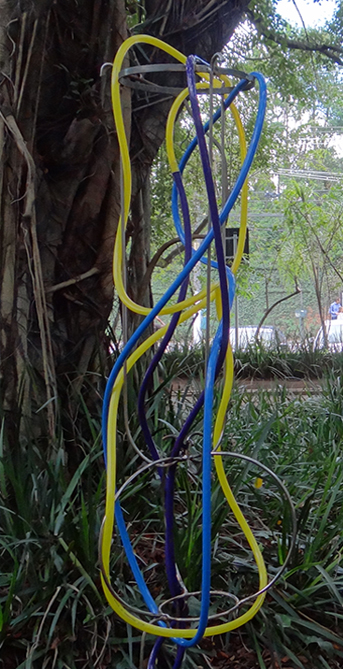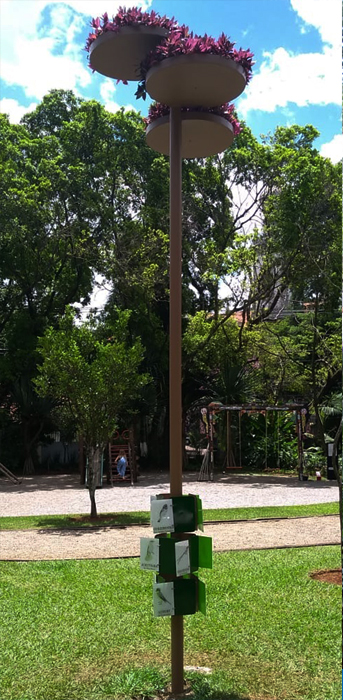"The toy is the first initiation into art, or rather, it is its first achievement"
Charles Baudelaire
who saw in the toy the origin of art
The game seems to have always been part of our universe. The first game would have been the Senet (a board game with squares and accompanied by conical objects such as pawns) which dates back to the beginning of the fourth millennium BC. This game played in ancient Egypt means "the passage" where those who participated, played their destiny. The oldest known playing cards are of Chinese origin and appeared in the Tang Dynasty (618-907). Many other games have been invented, such as dice, chess, tennis, bowling, balls ... and with them came their fervent fans, but also their detractors. Sometimes they were forbidden, because they were not useful for the handling of weapons, (Charles V in 1369) or marked, as in the High Middle Ages, as the devil. The artists, of course, picked up the topic. Just think of Brughel the Elder, who represented a rural scene with more than 90 games for children or the famous “Tricheur”, (Cheater) by Georges de La Tour, from 1635, to realize the importance that games have always had in the eyes of artists. Some introduce playful elements into their work, such as anamorphoses that lead to divination. But, especially for many artists, art seen as a game, takes place in a radical position which opposes the market and the institutions. Many believe that art has become inseparable from economic and financial constraints and has become too speculative. They want to celebrate the freedom of the game and that of the artist.
The game becomes art. We have found the origins of this postulate, especially in the 18th century, and it was based mainly on the cult of children, whose spontaneity artists honored and envied. Later, the reciprocal influences of art and play during surrealism, led to a great movement which affirmed their passion for archaism, a research in which artists went through the means of expression of children and of the “primitive”, the game and the ritual. Great personalities such as Dubuffet and André Breton considered Western art to be very sophisticated and advocated spontaneity as a method of creation. They opposed the rationality of artistic activity and placed it between play and ritual. These reflections remain valid today.
The different points of view of play and art were the theme of the second exhibition of the project “Circular - Arte na Praça Adolpho Bloch”, “Artistas se divertem” (The Artists have Fun), which wanted to address this rich relationship of the artist who knows how to play in a fun way to amuse the adults and children that attended the exhibition.
ARTISTS:
Ale Gabeira
Bruno Novaes
Ciro Schu
Claudia Sehbe (performance)
Laura Belém
Marcos Amaro
Rizza
Rodrigo Sassi
Rosilene Fontes
Wagner Malta Tavares
Photos: Anderson Jacob

Laura Belém

Rosilene Fontes
|
|



